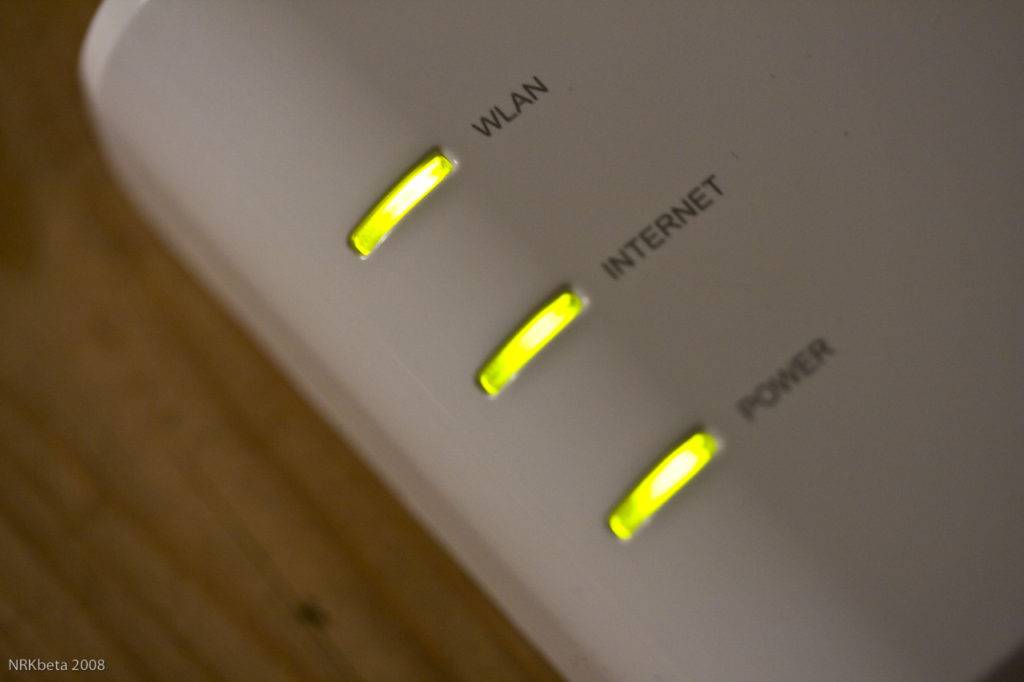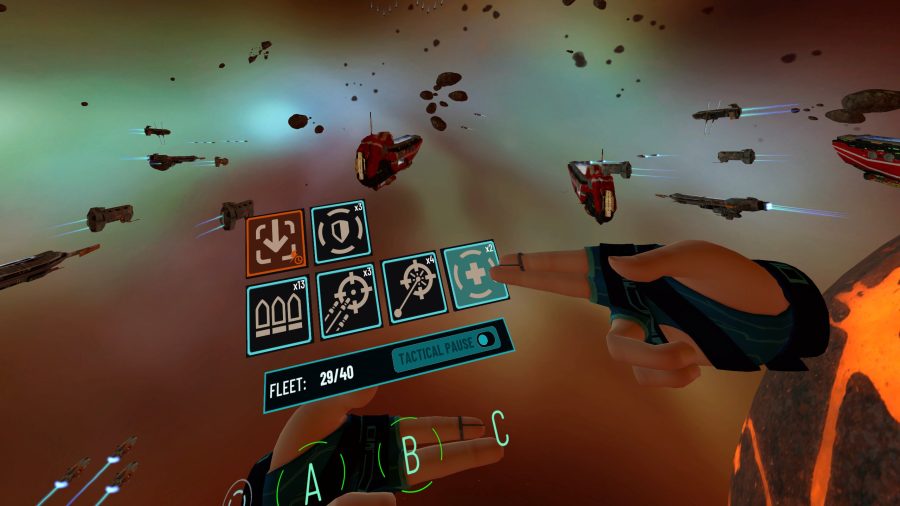Until wireless power goes mainstream, the Internet of Things (IoT) will fail to reach its potential. And by “wireless power,” I don’t mean the power pads that masquerade as wireless chargers. True wireless power eliminates the need for all power cables and contact. It resembles Wi-Fi in its ubiquity, safety, and range.
Essentially, there’s a conflict between the proliferation of IoT and our ability to power it. In five areas of innovation, wireless power could enable dozens of technologies that are otherwise unfeasible:
1. Home
Question: how many devices in your home require power? Count up everything that has batteries or power cables.
At my home, I count 130 devices, 90 of which are sensors in the security system. For comparison, as a kid in the 1970s, my home had two such devices: a transistor radio and flashlight. As innovators put computing in every “dumb” device, from , my 130 count is going to skyrocket.
That sounds like good news for companies that make surge protector power strips and batteries. In reality, it’s bad news for IoT innovators because consumers won’t bother with powering 500 devices – unless they can do it wirelessly, with zero effort.
2. Industrial
In a modern factory, loss of power to a single sensor can shut down the plant. Currently, factories power thousands of sensors with wires, but this has two shortcomings.
First, industrial-grade sensors cost roughly $50 while the wiring job can easily cost $1,000. Thus, installing and reconfiguring sensors is a heavy expense. Second, wired sensors don’t have backup power. If the wire fails, the sensor fails. These sensors are considered “wireless” since they communicate wirelessly, but nevertheless, they still need wired power today.
Wireless power would slash the installation cost and introduce redundancy. You can put two wireless power transmitters in range of each sensor, and if one transmitter fails, the sensor could switch to the backup. The cost of the transmitters would be a fraction of the cost of the wiring that’s installed today.
3. Retail
Today, the aisles in most stores are low-tech. Employees manually change paper price tags and post specials. In the few stores that use digital price tags, you can only modify them once or twice a day for one year before the battery dies (and again, wires would be impractical for a constantly shifting product positioning in the store).
Wireless power solves the problem. IoT price tags could automatically change as often as is optimal, and the staff wouldn’t need to constantly replace batteries as price tags black out. On wirelessly powered price tag screens, retailers could offer personalized ads and deals to create a new revenue stream.
4. Healthcare
Hospitals are starting to swap old-school stethoscopes and thermometers for mobile, IoT equivalents. Frankly, smart stethoscopes can tell doctors more about your heart than ears and intuition, and such devices can automatically transfer readings to patient records. Handheld ultrasound scanners, too, can capture information that used to require more time and expense.
But, if IoT medical devices can conk out, their use is limited. Healthcare organizations can’t risk leaving their staff underequipped to treat patients. Wireless power would eliminate that risk.
5. Wearables
Some entrepreneurs would like to create IoT wardrobes. Watches, shirts, hats, and socks are just the beginning. Today though, all wearables need to be charged with a power cord. Charging a single IoT smartwatch is one thing. Charging 50 wearables without wireless power is unviable.
This is especially true if people use wearables for health purposes. Most diabetics manually draw blood to test their glucose levels and then use a needle and syringe to inject insulin. While it would nice to switch to an IoT glucose monitor and automated insulin pump, who would risk their life on AAs or a rechargeable battery?
Cut the cables
If there is a tipping point for mass IoT adoption, we won’t reach it without true wireless power that works as easily as Wi-Fi. These popular areas of IoT innovation will remain pipedreams until we cut the last cable. Once we can take wireless power for granted the way we take Wi-Fi for granted, the Internet of Things can reach its potential.
The author is the CTO and Founder of Ossia.









